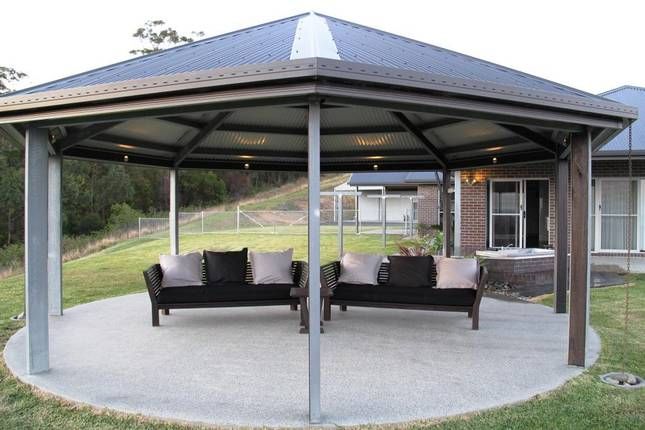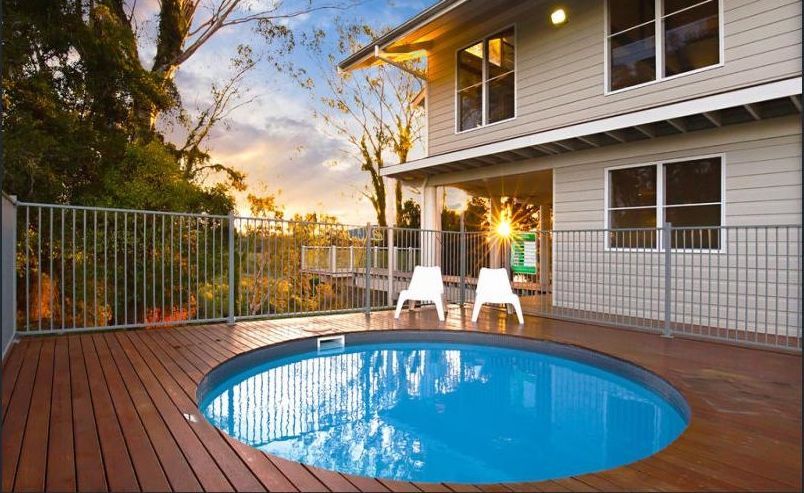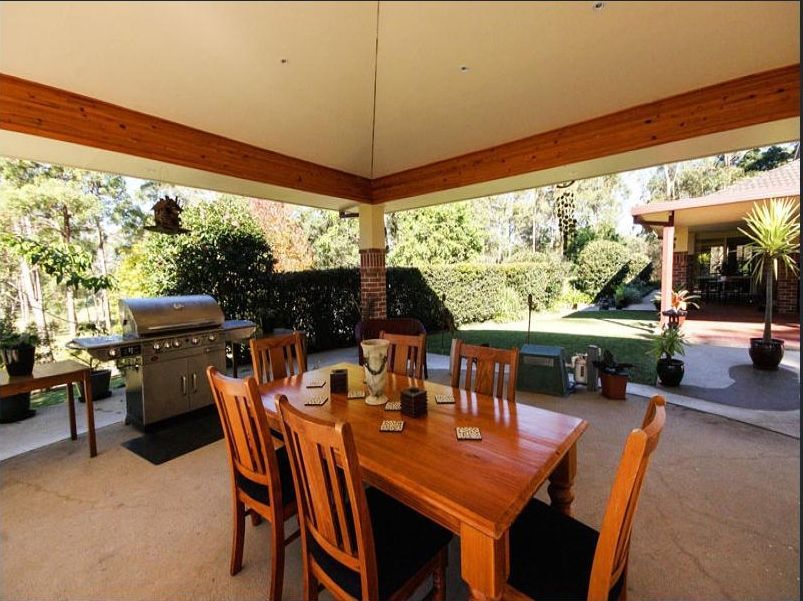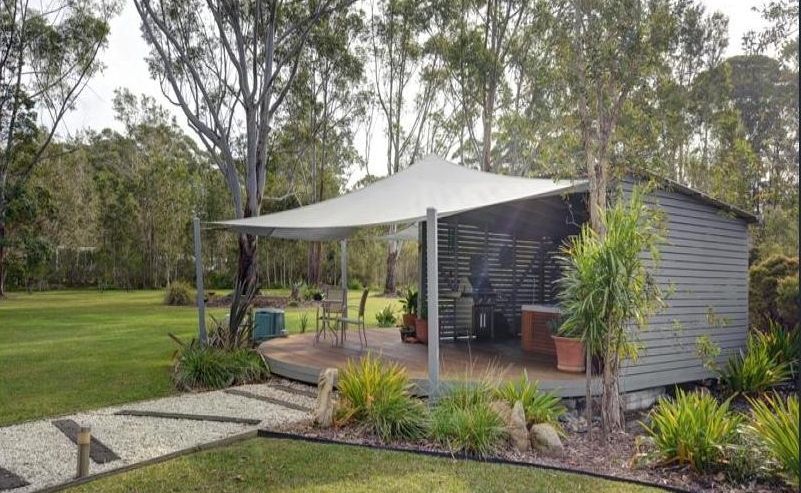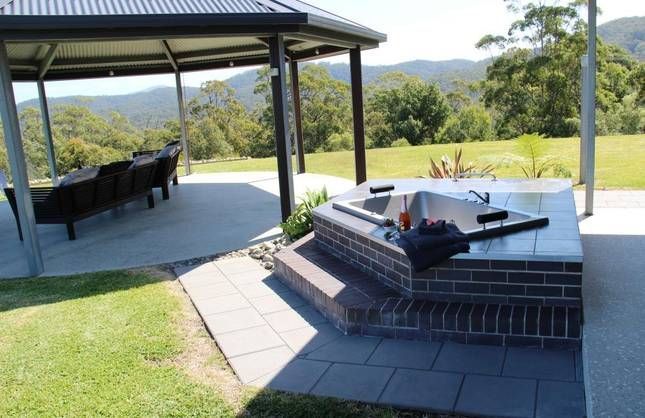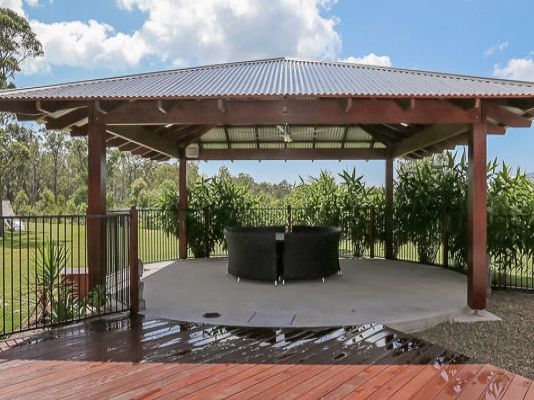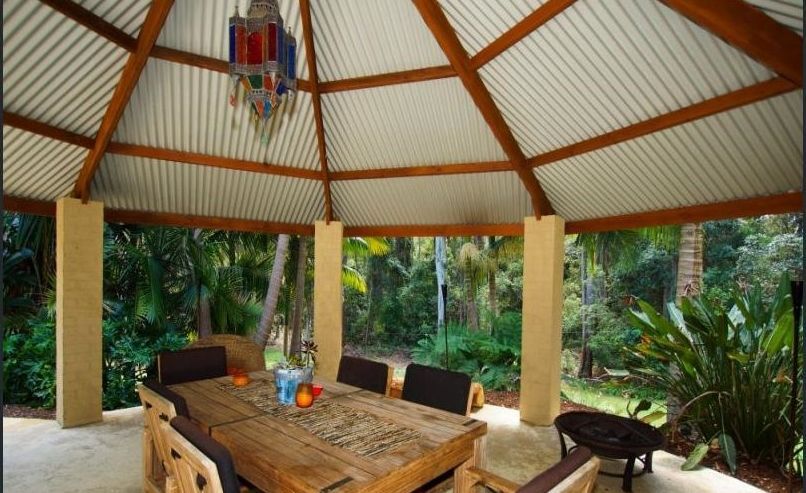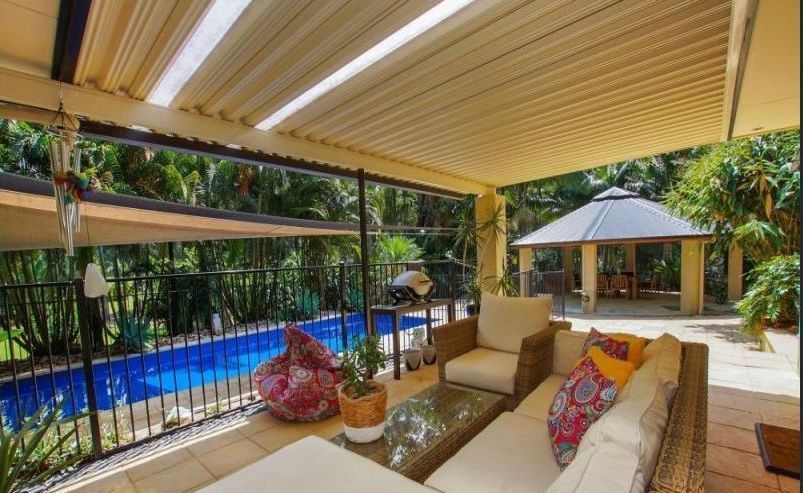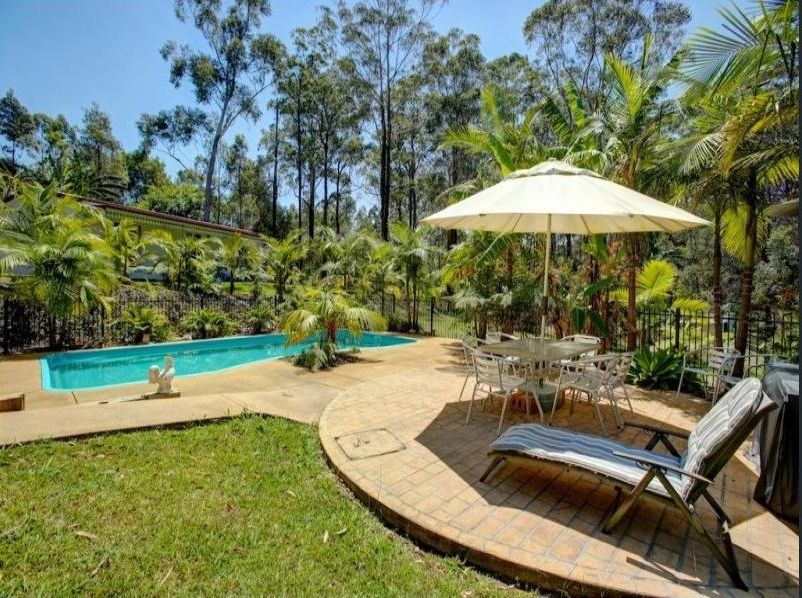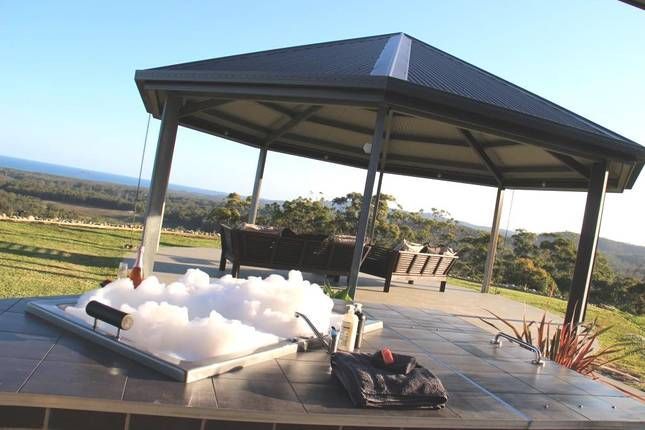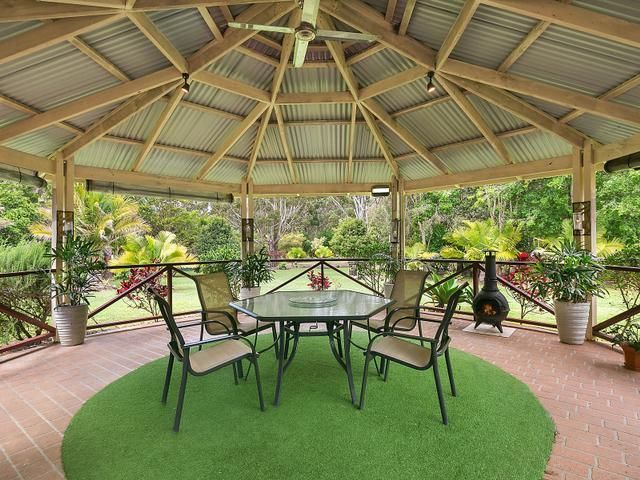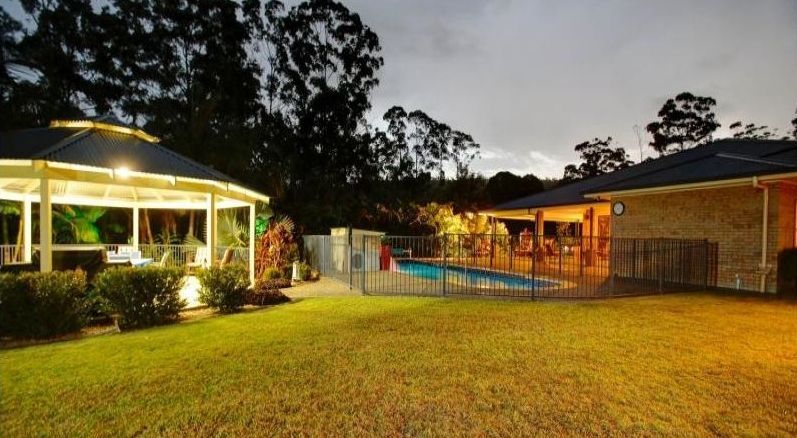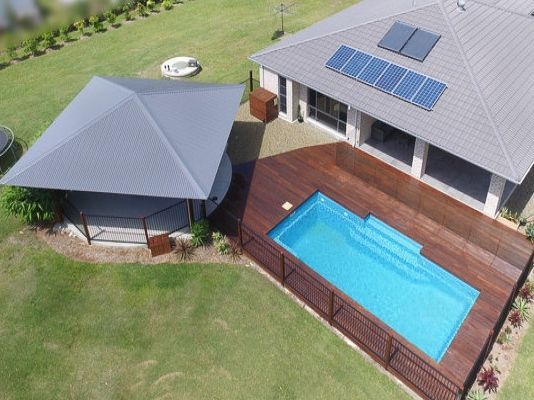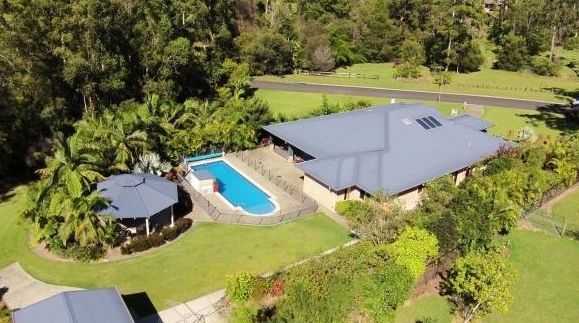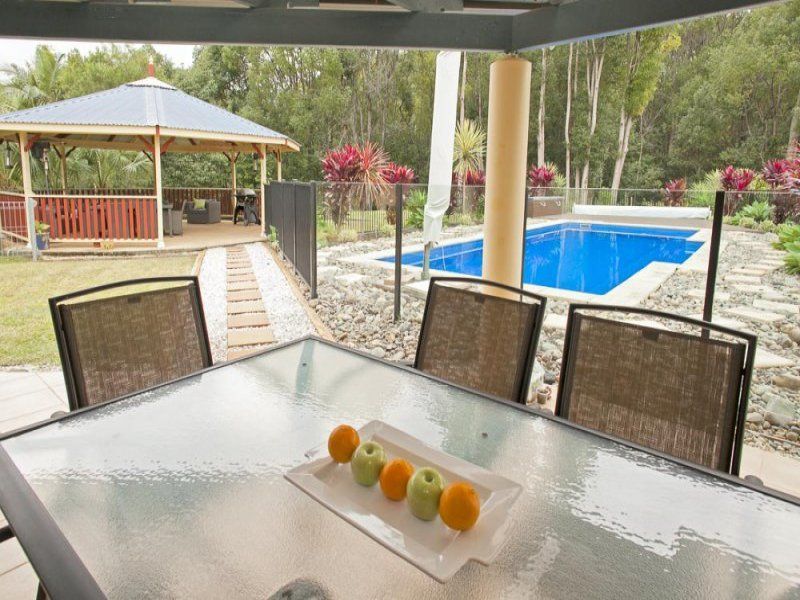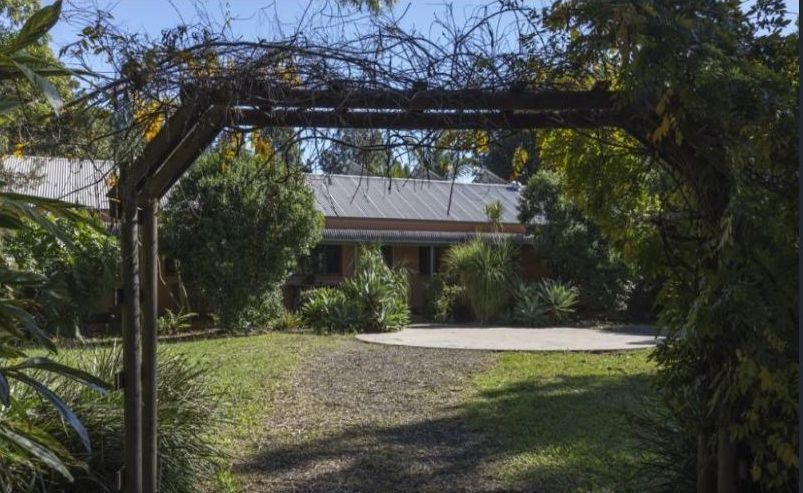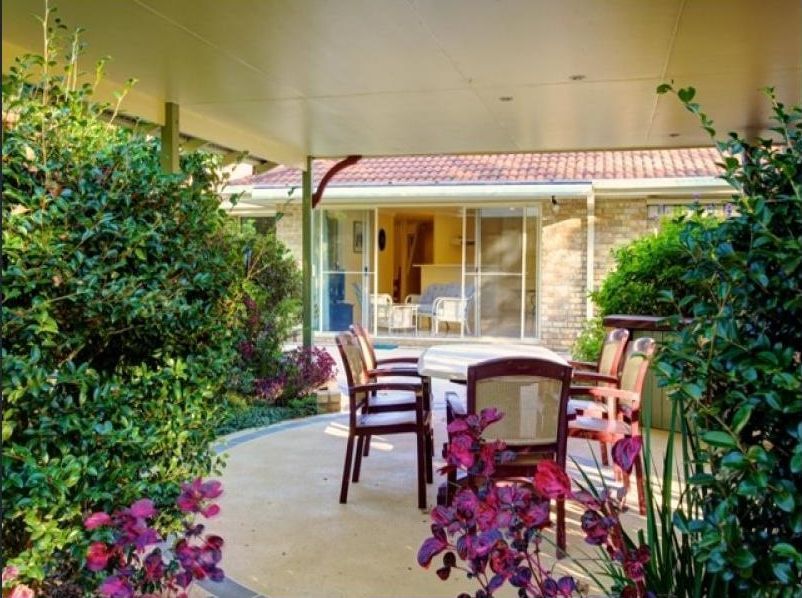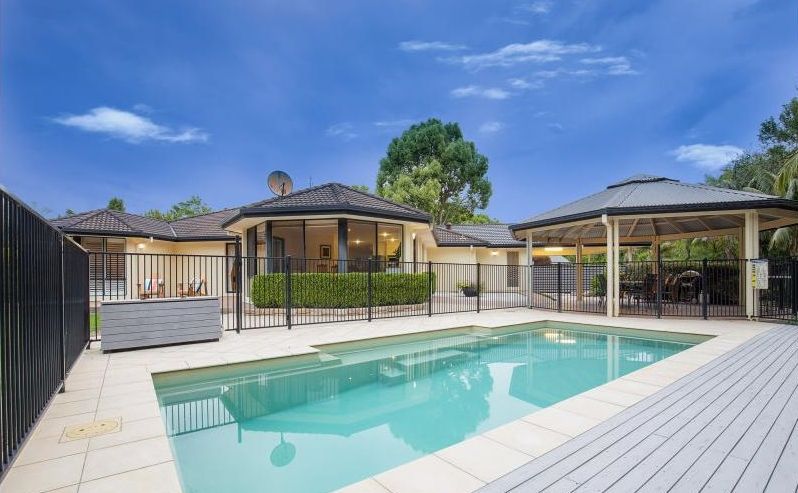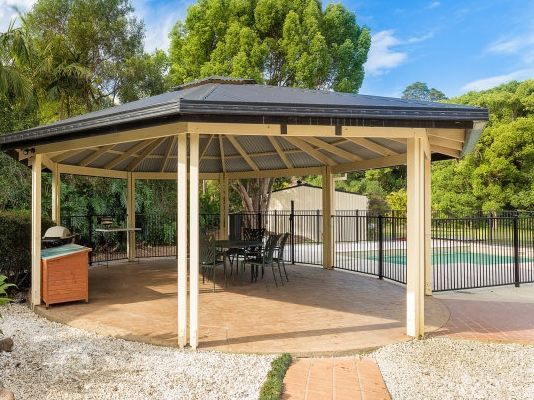Rural Rainwater Tanks in NSW
Things To Consider Before Purchasing A Rural Rainwater Tank
-
The health reasons why you should choose an Inground Concrete Rainwater Tank over a Plastic Tank
Rainwater is naturally acidic, and a healthy diet should be slightly alkaline. Rainwater stored in a plastic tank remains acidic. On the other hand, naturally, alkaline rainwater stored in a Concrete Tank will neutralise the acidic rainwater.
Please read the following article about the acidic rainwater stored in plastic Tanks:
Copper poisoning linked to plastic water tanks
Published 26/11/10 by the ABC.
Sunlight and heat will turn the water off. It promotes algae and bacteria growth, which can cause ill health in many ways. The water stored in a plastic tank will be affected by sunlight and heat. Also, with the plumbing connection of an above-ground plastic tank, the downpipes are in the sun with water left lying there, sometimes for weeks if there is no rainfall. This will promote algae growth the quickest.
The water in an inground Concrete Rainwater Tank is kept cool and dark below ground and, in our case, in 125mm thick concrete walls so that no algae will grow. Also, the downpipes go straight down into the ground, and all the plumbing is concealed underground. No water will be left sitting in pipes.
-
What size tank do I need?
Coffs Harbour City Council and most other shires require that you have a minimum of 45,000 litres of potable water for household use. The Rural Fire Service also requires an additional amount of 10,000 – 20,000 litres (depending on the risk) to be kept in reserve. This water can be stored in the same tank, with the foot valve being kept high enough off the floor, ensuring that the Rural Fire Service's water is always in reserve.
On average, a family of four will use approximately 4,500 litres of water per week in the home—higher water usage if they wish to water gardens/lawns, top-up pools, etc.
Considering the Council's and RFS's requirements and the average family's water consumption, our 90,000-litre Rainwater Tank is the obvious choice for most.
Some people in smaller households may think then that they do not require such a large Rainwater Tank; however, if resale is a factor, a family may be put off by an inadequate water supply.
-
How much rainfall does it take to fill a 90,000-litre rainwater tank?
The simple equation is: for every 1 square metre of roof area and every 1mm of rain, you catch 1 litre of rainwater. Coffs Harbour's average annual rainfall is approximately 1600mm, and the average roof of a four-bedroom home is 250m2.
Based on these averages, the equation is as follows:
1600mm x 250m2 = 400,000 litres
Effectively, you can refill a 90,000 Rainwater Tank four times a year. The problem with a Rainwater Tank of less than 90,000 litres is that during certain weather cycles like El Nino (which can last for years at a time), it can go for months with minimal or no rainfall at all.
These dry weather patterns are frequent over a ten-year cycle and should not be forgotten during periods of higher-than-average rainfall, as we have experienced since 2009. The dry weather periods will return, and you can be confident that with a 90,000 litre Rainwater Tank, you will have an adequate water supply that will last a family of four (with an average consumption) for at least five months.
-
The other benefits of installing a 90,000-litre Coolamon concrete tank
In addition to water quality, one of the other obvious benefits of a Concrete Tank is its strength and reliability (that is, if the Concrete Tank builder has a proven fail-proof construction method, not all do!!).
Our 90,000 litre inground Concrete Tank has a surface area that is 7700mm in diameter, approximately a 50m2 surface area, which can be utilised for other purposes. It can be incorporated into your outdoor living space with a Gazebo on top, used as a slab for a shed, used for your clothesline, a turning circle off the driveway (where space is an issue), etc. The options are endless, and a huge cost benefit is having a readymade 50m2 concrete slab for your use.
The tank is also 2300mm high, and if sitting above ground, would be the size of a double garage, which I think you would agree is an eyesore (particularly in the case of multiple above-ground plastic tanks).
Rainwater is a precious, sometimes undervalued resource that can be overlooked when building a new home on a rural property. Understandably, people would rather spend money on things like a home cinema, for example, but consider this:
You have a smaller, inadequate rainwater tank. It's our second year of an El Nino weather pattern; we've only had 156mm of rain in 5 months. You're having a shower, latched up, and the water stops running. It's dry, so other people with inadequate water supplies are now buying a load of water (10,000 litres @ $200) every 14 days. The water carriers are so busy and working 18-hour days, but the waiting time for a load of water is still up to 10 days. This happened in Coffs Harbour in 2002!
Add to this scenario that the surrounding habitat is so dry a bush fire could start at any time, and you have a limited amount of water left or even worse, you have a plastic tank that has just melted as the fire approaches!
Australia is the driest inhabited continent on Earth. Have Water security with a 90,000-litre Coolamon Concrete Tank and peace of mind that you have the safest drinking water for you and your family.
The specifications of our standard medium-duty 90,000 litre Tank, at a glance:
- Diameter – 7750mm
- Depth – 2270mm
- Walls, floor and lid – 125mm thick
- Concrete – 32mpa & Vibrated
- Floor and Lid Steel – F82 (Double layer in the lid)
- Wall steel – F818
- Piers – 6 x 125mm
- Manhole – 450mm x 450mm
If Passenger vehicle traffic is required, then the six piers are increased to 225mm.
Also, we have a Super Heavy Duty Tank designed to carry a W8 (8-tonne) wheel load if required.


